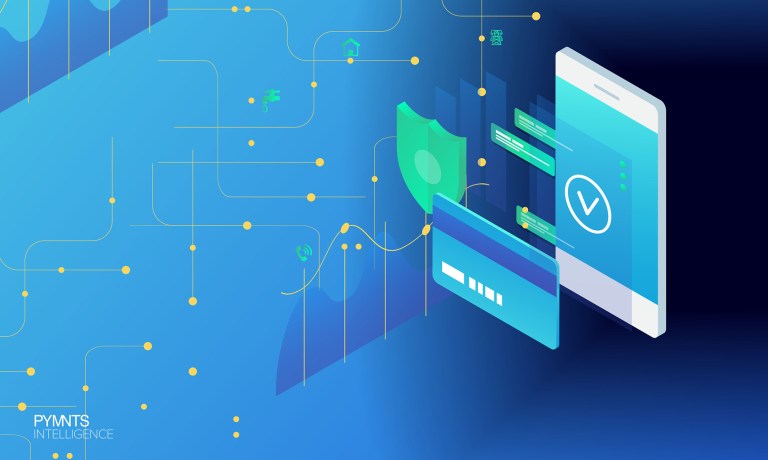Digital Wallets Need to Remove Frictions to Increase Usage for Bill Pay

![]()
Digital bill payment has become routine for most consumers, offering them extensive firsthand experience with the frustrations and challenges with these payments. Fraud, friction, limited payment options and slow payment times are just some obstacles consumers face when paying for electricity, internet service, tuition or any number of regular bills.
![]() Accelerating and streamlining these payments could impact on consumers’ lives, given their frequent encounters with them. Both billers and financial institutions (FIs) looking to expedite bill pay through instant payments must ensure that their systems can integrate these transactions while safeguarding customers from fraud.
Accelerating and streamlining these payments could impact on consumers’ lives, given their frequent encounters with them. Both billers and financial institutions (FIs) looking to expedite bill pay through instant payments must ensure that their systems can integrate these transactions while safeguarding customers from fraud.
The “Money Mobility Tracker®” explores how billers and FIs can earn trust among consumers by modernizing bill pay services to meet their demands for friction-free convenience and robust security.
Friction Lowers Consumer Confidence in Bill Pay
Utility customers are growing frustrated with their bill pay experiences, thanks to everyday frictions and the potential for digital fraud. Billers in the utilities sector must reckon with the fact that customers trust them less than most other industries.
A recent incident affecting more than 50,000 electric utility AES Indiana customers illustrates the payment challenges and frustrations utility customers encounter. Following an $84 million systems upgrade designed to improve the customer service experience, 10% of AES Indiana’s customers experienced overcharges, duplicate bills and other inaccuracies. At least one customer reported that the company withdrew nearly $1,000 from their account. An error of this magnitude could be catastrophic for customers living paycheck to paycheck. While large-scale malfunctions like this are rare for most utilities, individual customers face similar obstacles daily, resulting in widespread hardship.![]()
To learn more, visit the Tracker’s Bill Payment Friction section.
Customers Demand Billers Fix Negative Experiences
Utility customers are increasingly frustrated with their bill pay experiences. This negative outlook — exacerbated by high inflation and the rising cost of living — fuels demand for faster, smoother bill payments and more flexible payment options.
One in 5 U.K. consumers will switch utility providers for greater payment flexibility. A recent study found that an estimated two-thirds of consumers in the U.K. believed it was utility providers’ responsibility to support customers amid the country’s historic cost-of-living crisis, especially considering that 18% of these consumers said they were struggling to meet their regular payment obligations. Moreover, 51% of consumers said they wanted more control over how and when they make utility payments, with 21% indicating they would switch utility providers for greater flexibility in payment amounts.
To learn more, visit the Tracker’s Bill Pay Innovation section.
Billers and Consumers Meet Bill Pay Challenges
Optimizing bill payments to meet consumer demands presents significant challenges. Security concerns and unnecessary complexity represent top issues for billers and payers.![]()
Incidents like data breaches have shaken consumers’ confidence in digital bill pay. One PYMNTS Intelligence study found that roughly 35% of consumers opposed to using digital wallets for bill pay cited security concerns as their primary reason. Another 33% expressed concerns about the security of their personal information, with 20% specifically worried about secure authentication. Billers seeking to accelerate their digital services must show these skeptical consumers that their methods are both safe and secure. Otherwise, their payment aspirations could backfire if consumers leave them for alternative providers.
To learn more, visit the Tracker’s Bill Payment Innovation Obstacles section.
About the Tracker
The “Money Mobility Tracker®,” a collaboration with Ingo Payments, explores how billers and FIs can earn consumer trust by modernizing bill pay services to meet their demands for friction-free convenience and robust security.